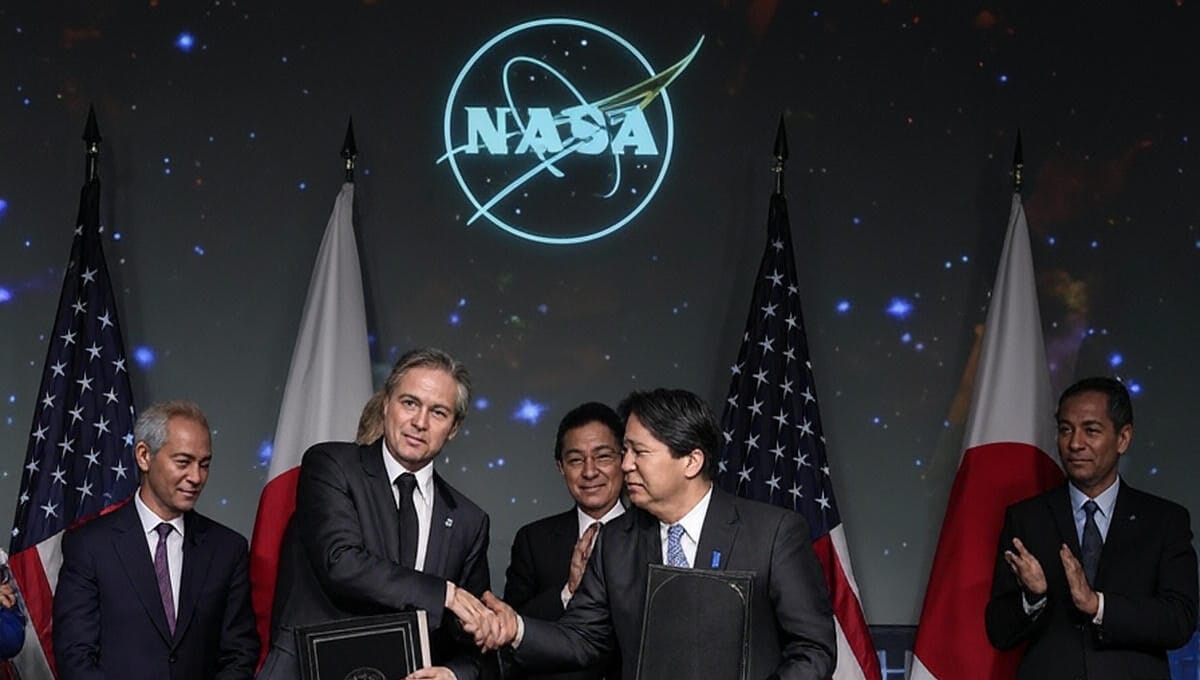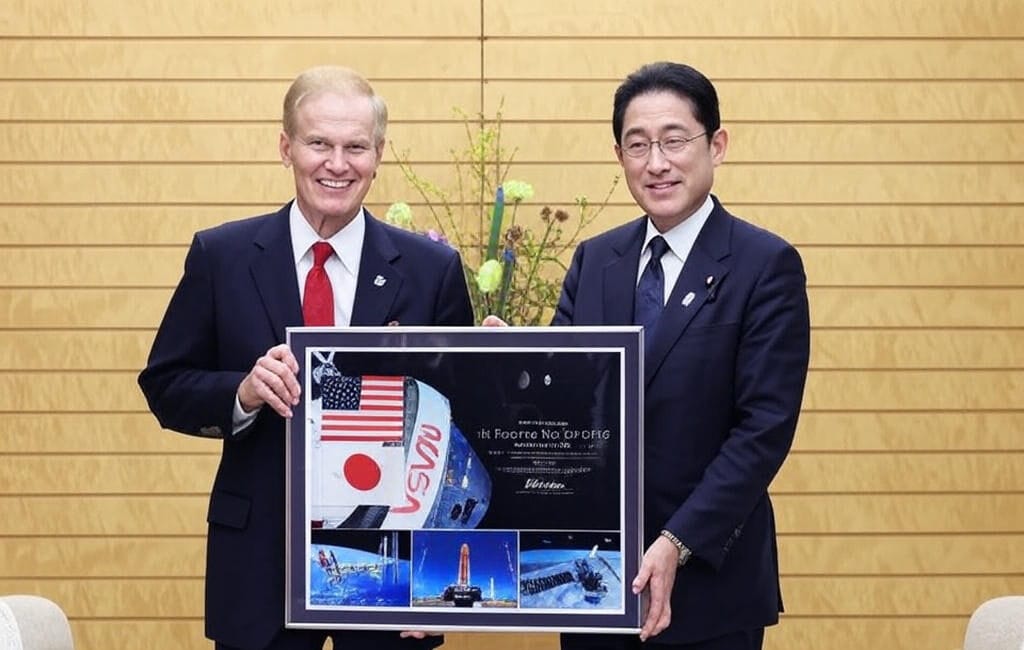
On August 6, 2025, the U.S and Japan formalized a landmark agreement to deepen their cooperation in lunar exploration, marking a significant step forward in international space endeavors. This partnership, centered on joint missions to the Moon’s south pole under NASA’s Artemis program, aims to establish a sustainable human presence by 2030. With Japan contributing advanced robotics technology, this collaboration promises to enhance the scope and efficiency of lunar missions, reinforcing the global commitment to space exploration.
The Artemis Program and the South Pole Focus

The Artemis program operated by NASA represents America’s ambitious plan to return humans on the moon and establish a long -term appearance. A key objective is the exploration of the lunar south pole, an area rich in water ice that could support life-sustaining systems and fuel production for future missions to Mars. The recent agreement with Japan builds on this initiative, integrating the expertise of the Japan Aerospace Exploration Agency (JAXA) to achieve these goals.
The south pole’s unique environment, characterized by permanently shadowed craters, presents both challenges and opportunities. Water ice, an important resource, can be converted into drinking water, oxygen and hydrogen for rocket propalent.The U.S.-Japan partnership leverages this potential, with plans for robotic and human missions to extract and utilize these resources, laying the groundwork for a sustainable lunar base.
Japan’s Technological Contribution
Japan brings significant technological prowess to the collaboration, particularly through its advanced robotics capabilities. JAXA’s expertise in developing autonomous rovers and precision instruments will enhance the Artemis missions’ ability to conduct scientific research and infrastructure development. These robots are designed to operate in the harsh lunar environment, performing tasks such as soil sampling, habitat construction, and resource extraction with minimal human intervention.
This contribution aligns with Japan’s strategic vision to play a leading role in space exploration. The nation has a history of successful lunar missions, including the Kaguya orbiter, which provided detailed maps of the Moon’s surface. By integrating its robotics technology, Japan strengthens the Artemis program’s operational framework, ensuring greater efficiency and safety for astronauts.
Implications for Sustainable Human Presence

The goal of establishing a sustainable human presence by 2030 underscores the long-term vision of this partnership. A lunar base at the south pole could serve as a staging point for deeper space exploration, including Mars missions. The collaboration between the U.S. and Japan facilitates the sharing of costs, technology, and expertise, making this ambitious target more achievable.
Sustainability hinges on the ability to live off the land, utilizing local resources rather than relying solely on Earth-based supplies. The water ice at the south pole is a cornerstone of this strategy, and the U.S.-Japan agreement includes plans for in-situ resource utilization (ISRU) technologies.This approach not only reduces the cost of the mission, but also an example for future interstitial houses.
Global and Scientific Impact
This partnership extends beyond bilateral benefits, fostering international cooperation in space. It builds on existing alliances, such as those with the European Space Agency and Canada, and may encourage other nations to join the Artemis Accords. The accords, which outline principles for peaceful and sustainable space exploration, now include Japan’s commitment, enhancing the global framework for lunar activities.
Scientifically, the missions will provide unprecedented data on the Moon’s geology, climate, and resource potential. This knowledge will advance our understanding of the solar system’s history and support the development of technologies for long-duration spaceflight. Cooperation also provides opportunities for joint research, U.S. and Japanese scientists working together to address complex questions about lunar science.
Challenges and Future Prospects
Despite the promise, challenges remain. The harsh lunar environment, including extreme temperatures and radiation, poses risks to both human and robotic systems. Coordinating international efforts requires meticulous planning to align technical standards and mission timelines. Funding and political support will also be critical to sustaining the program through 2030.
Further, the U.S.-Japan partnership sets a foundation for future support, possibly extends to Mars and beyond.As the Artemis program proceeds, this alliance can redefine space exploration, the U.S.and Japan as leaders in the next frontier of human achievement.






